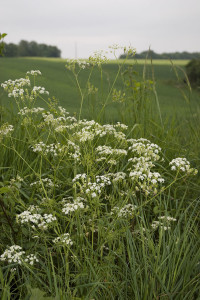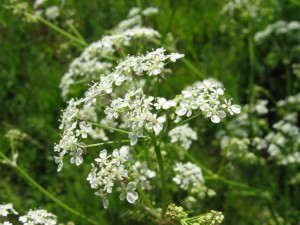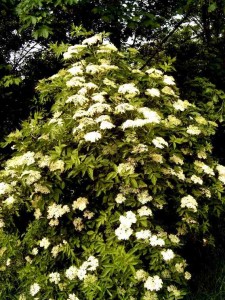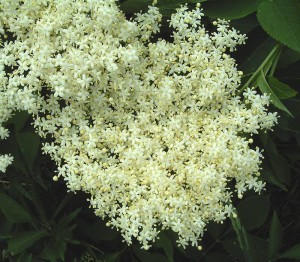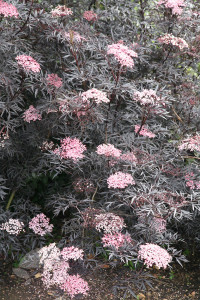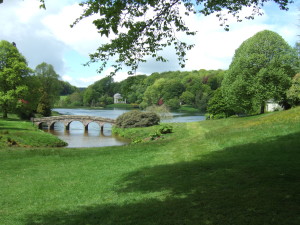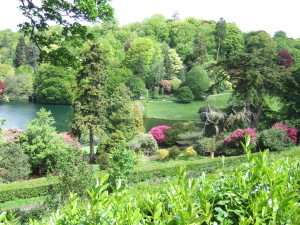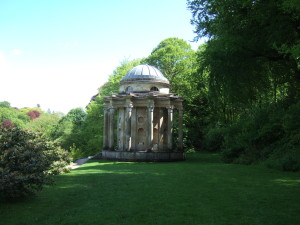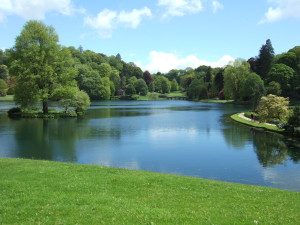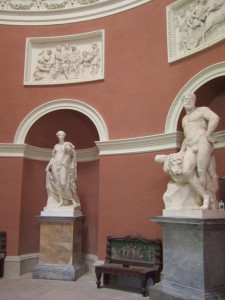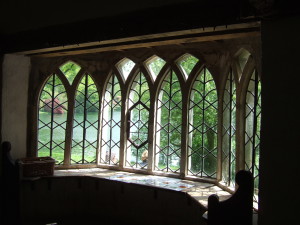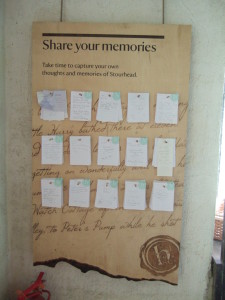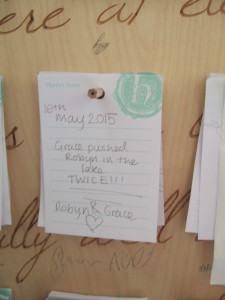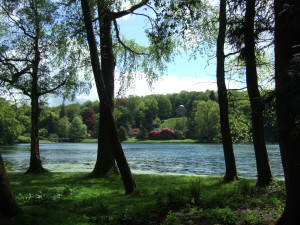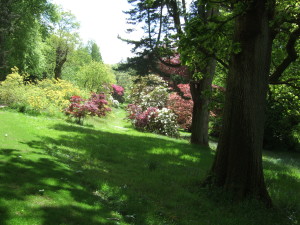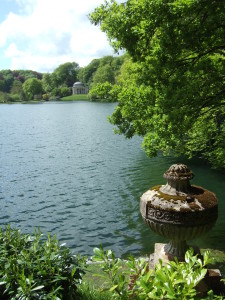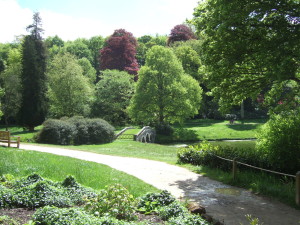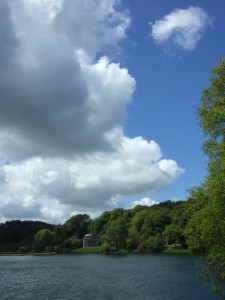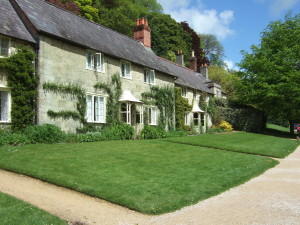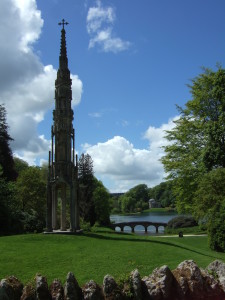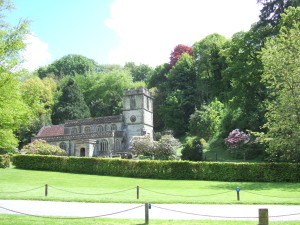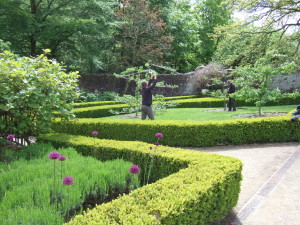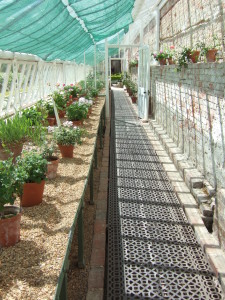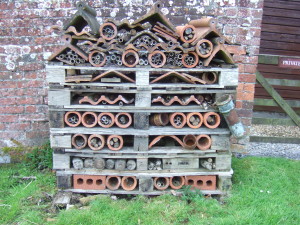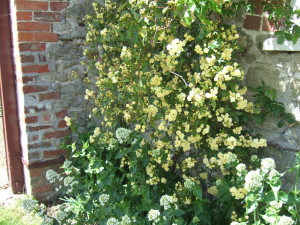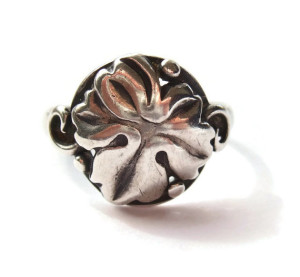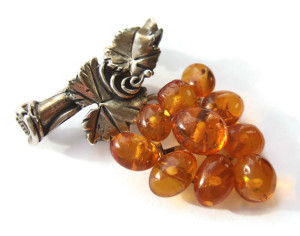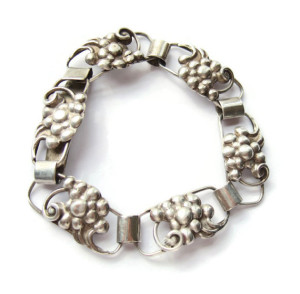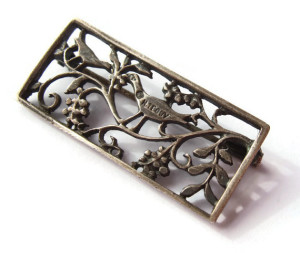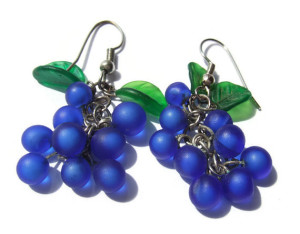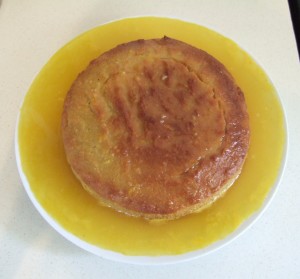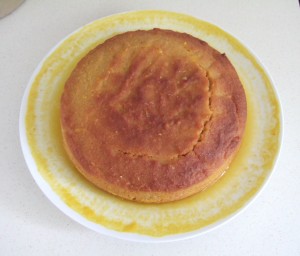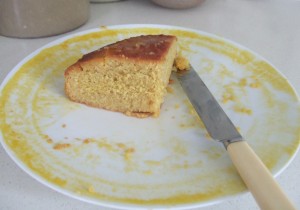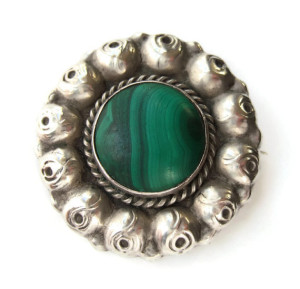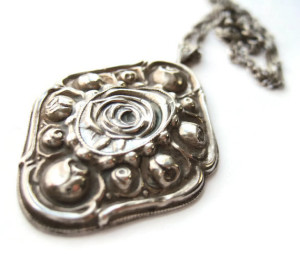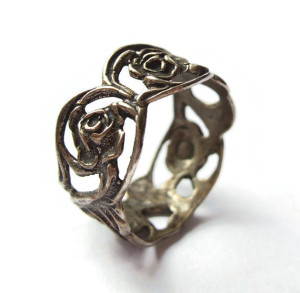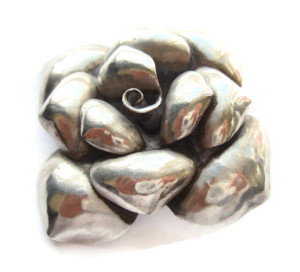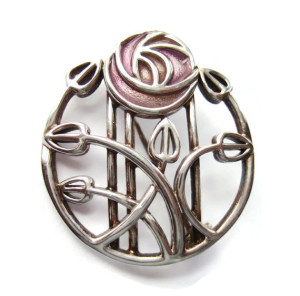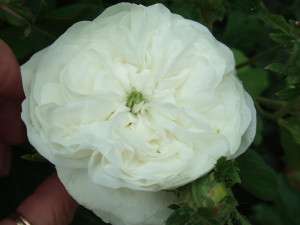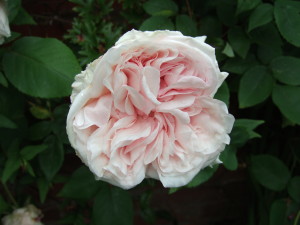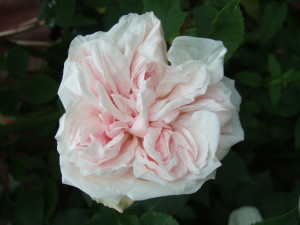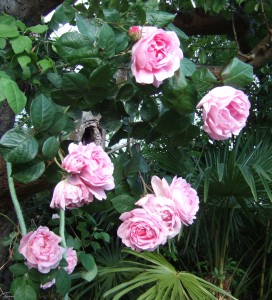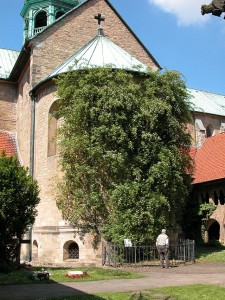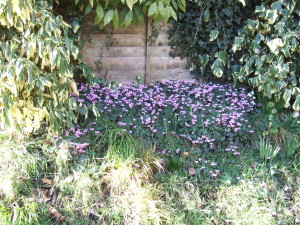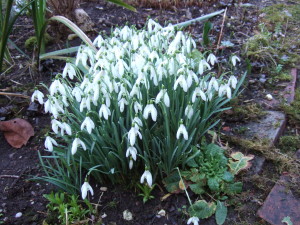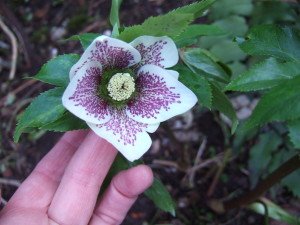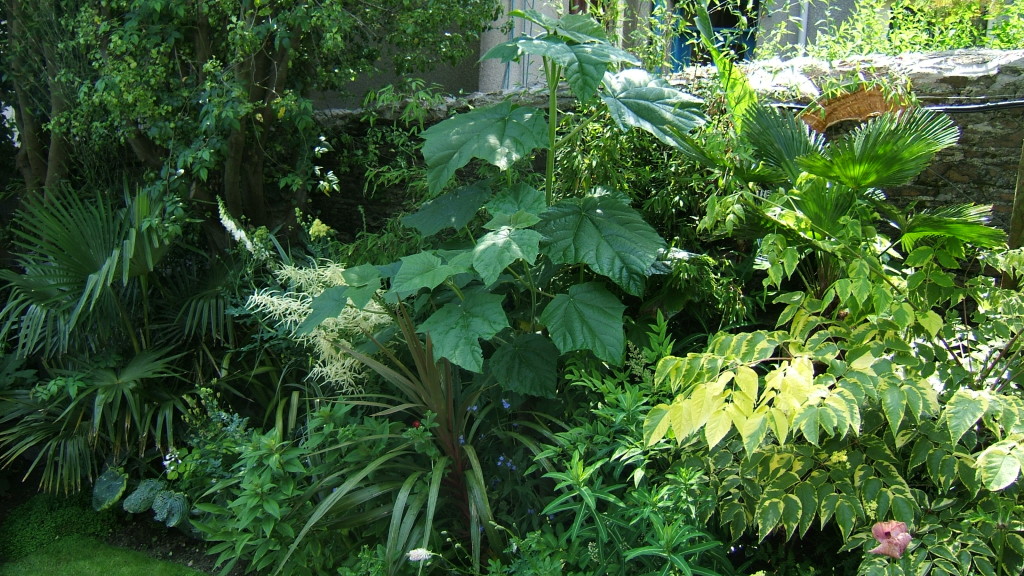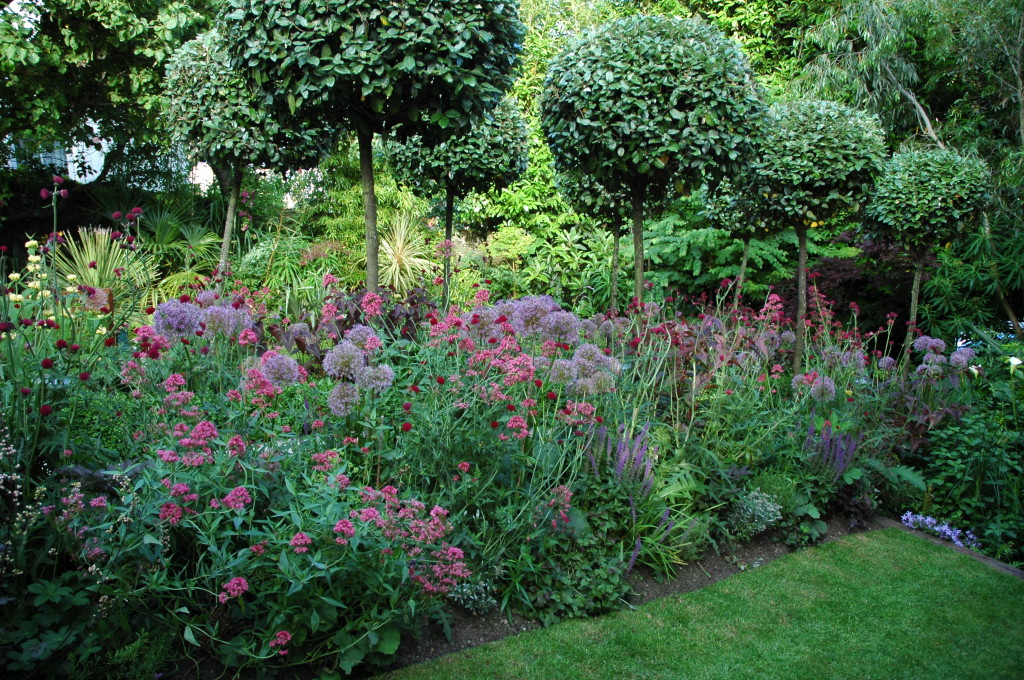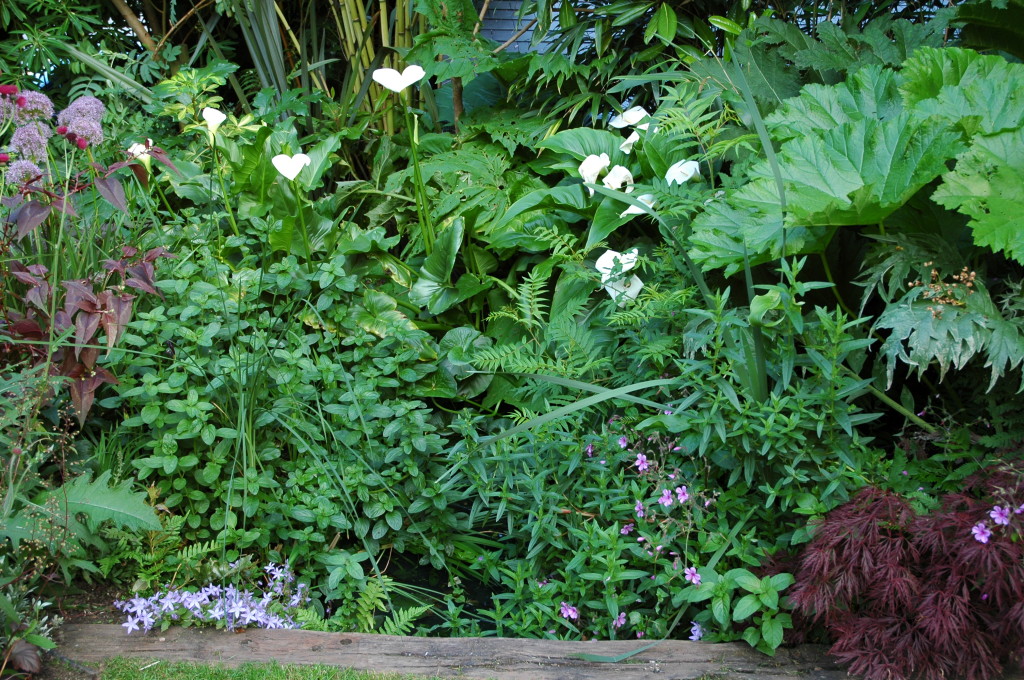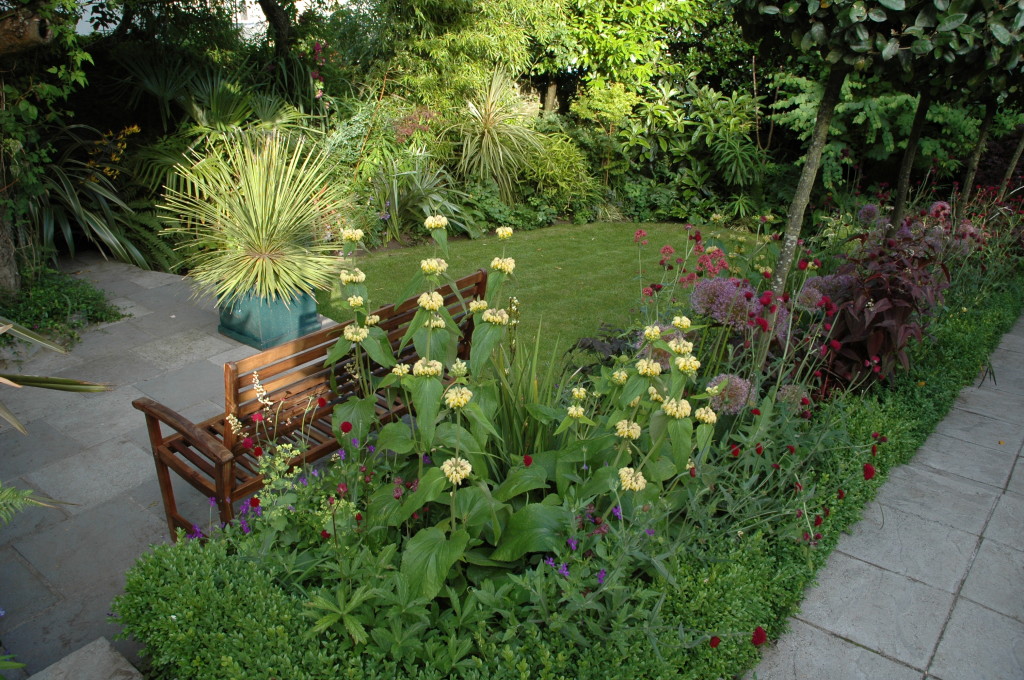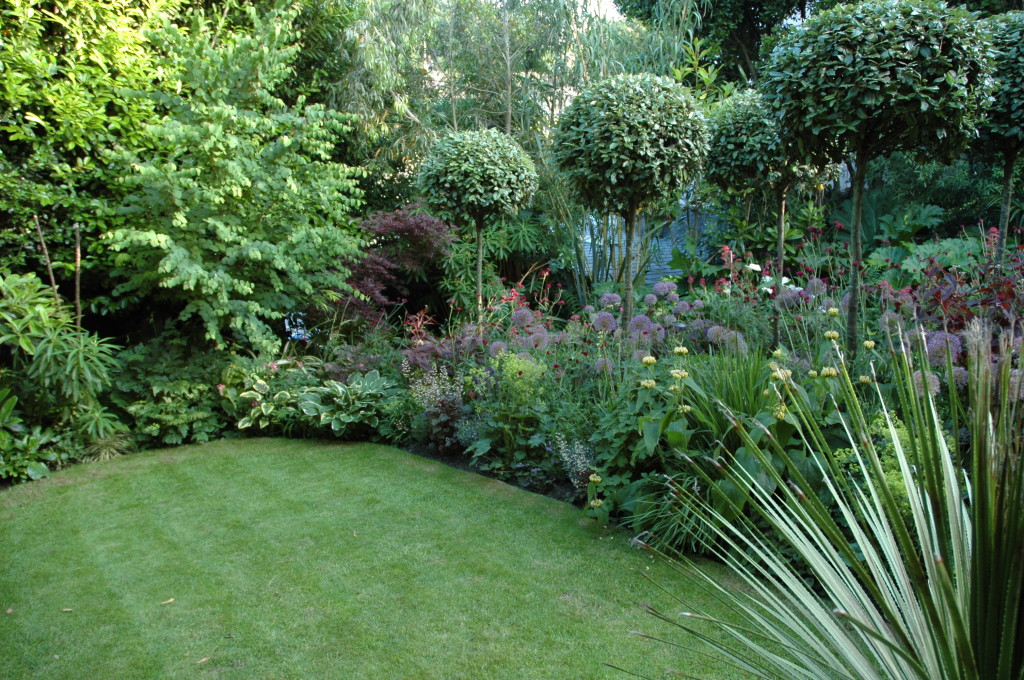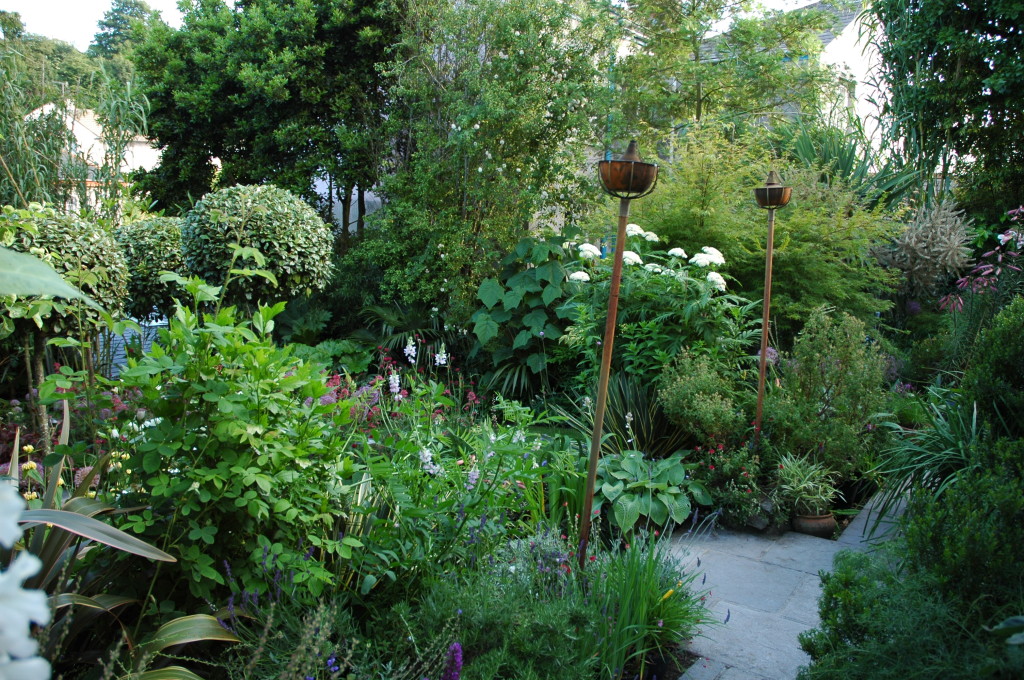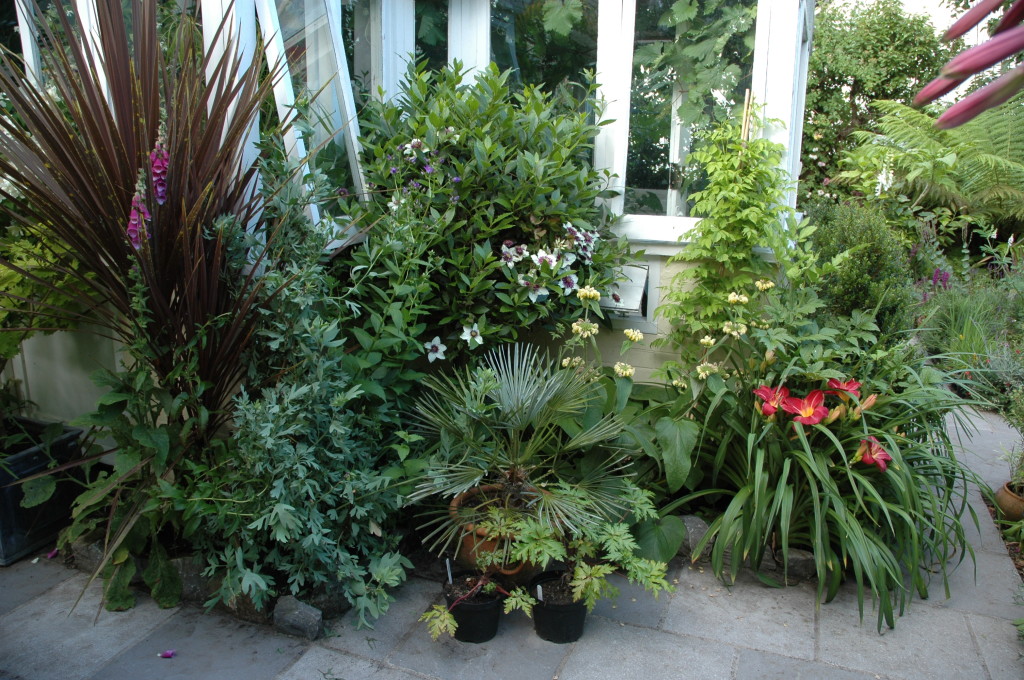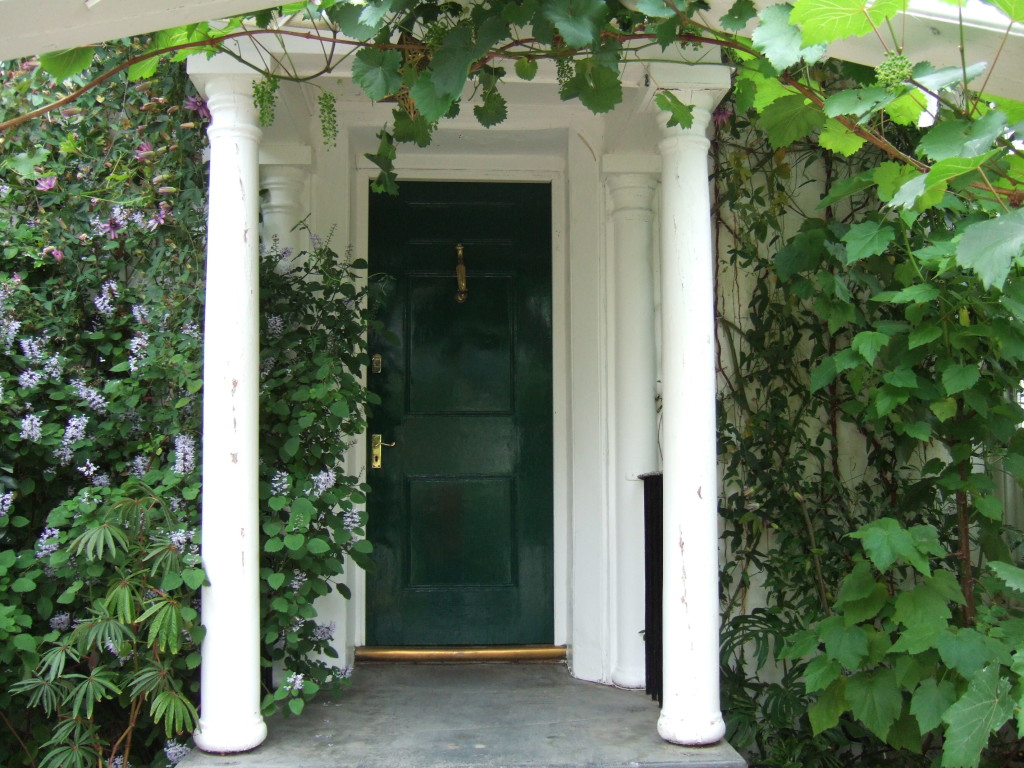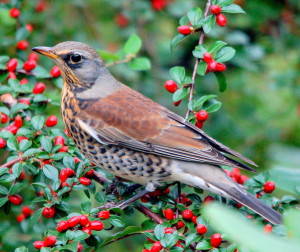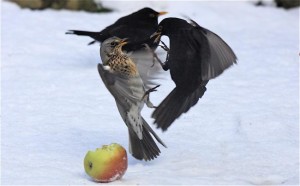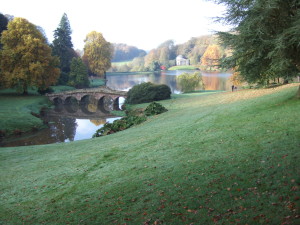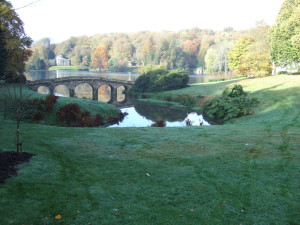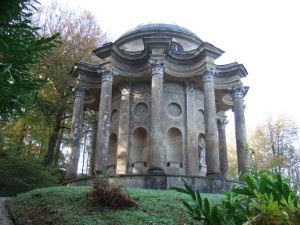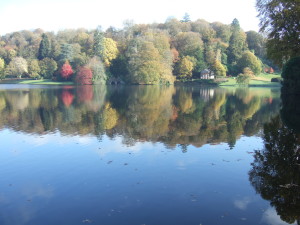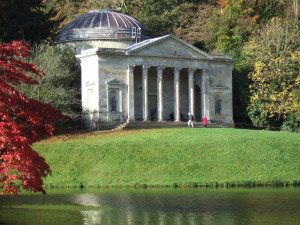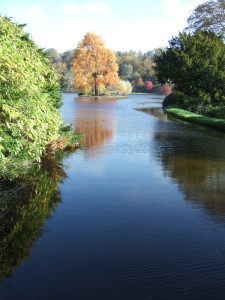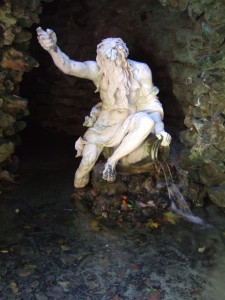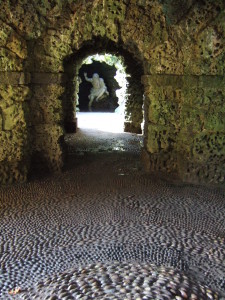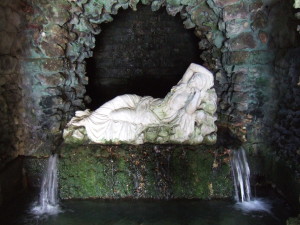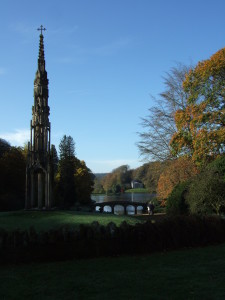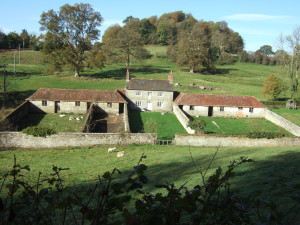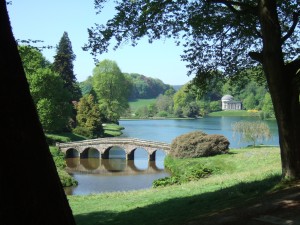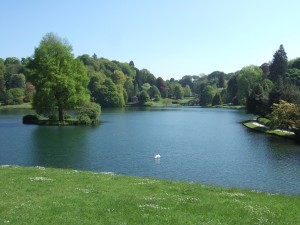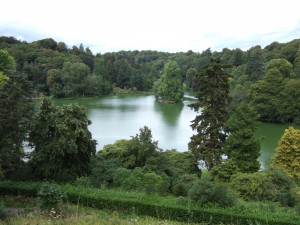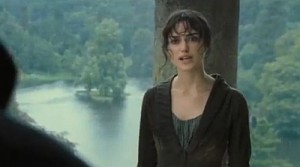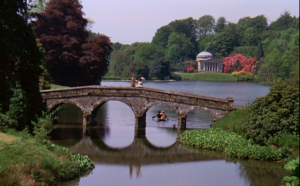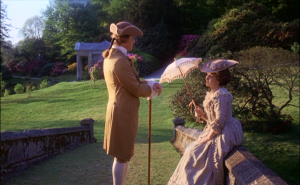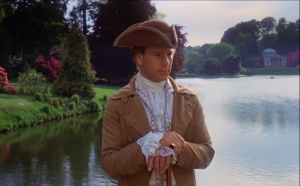One of the features of the ‘dashboard’ for this blog is a list of the search terms that visitors have used to bring them here. In among the usual ‘Niels Erik From’ and ‘Scandinavian silver’ and ‘filming locations’ search terms, yesterday I spotted something a little more unusual: ‘Tree with flowers like cow parsley’. Now I don’t know the nationality of the searcher, but I’m assuming they are British as cow parsley (Anthriscus sylvestris) is one of our common wildflowers here. And so I’m guessing they might be searching for a British native tree with flowers like cow parsley.
My immediate thought was the elderflower, Sambucus nigra. It is in blossom right now, and looking glorious. Great frothy heads of white and creamy white flowers cover the large shrub/small trees.
Often the cow parsley is out at the same time that the hawthorn (Crataegus mongyna) is in blossom, their intertwangled blooms giving a white frothy appearance to the hedgerows and roadsides around here, but this year the cow parsley has been much later in flowering. It’s just about going over now, but has overlapped with the elderflower blossoms, giving a different but equally lovely combination of white froth.
In our garden we grow an elderflower cultivar, a stunning and decorative form with purple leaves and light mauvey pink flowers, Sambucus nigra f. porphyrophylla ‘Eva’. (It was called Sambucus nigra ‘Black Lace’ when I bought it, but as so often seems to be the way with horticultural nomenclature, it’s undergone a name change, and is now a bit more of a mouthful).
Now is the time of year to make elderflower cordial, a delicious and refreshing drink made from the blossoms. Here’s a recipe by Jane Hornby from the BBC Good Food website:
Elderflower cordial
Makes about 4 litres
Ingredients
20 fresh elderflower heads, stalks trimmed
2.5 kg granulated or caster sugar
2 lemons, unwaxed
85 g citric acid (available from chemists)
Put the sugar and 1.5 litres water into a very large saucepan – a jam pan is best. Gently heat until the sugar has dissolved, but do not allow to boil. Pare the zest from the lemons, then slice the lemons into rounds.
When the sugar has dissolved to make a syrup, bring it to the boil then remove from heat. Wash the elderflower blossoms to remove insects or dirt – a washing up bowl full of water will do the trick nicely. Shake the flowers dry gently and add to the syrup along with the citric acid, lemon zest and lemon slices. Stir well. Cover the jam pan and leave for 24 hours for all the flavours to infuse into the syrup.
Drain the syrup (now transformed into cordial) and flowerheads through a clean piece of muslin or tea towel lining a colander, which sits over another large container. Discard what’s left in the muslin and put the cordial into sterilised bottles (these can be sterilised by putting them through the dishwasher on its hottest setting, or by washing well with very hot soapy water, rinsing and leaving in a low oven to dry). The cordial is ready to drink. Serve by diluting to taste with water, soda water, tonic water or whatever you fancy. It will store for up to six weeks in the fridge. It can also be frozen (ice cube trays are great for individual portions) and used as needed.
